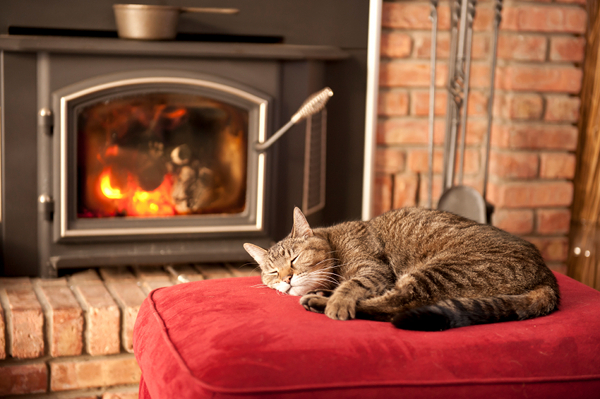Nowadays., with home heating bills smoldering through the roof, it’s no wonder that many homeowners are contemplating a wood stove to help handle some or all of their home heating needs.
However, unfortunately, wood burning appliances still pose a danger if common sense safety precautions are ignored. It's important to follow a few simple tips and advice for your wood stove when building home fires. Here’s a quick look at some key steps you can take to reduce the likelihood of a fire.
Firstly, find a professional wood burning stoves installer to install. Few homeowners have the technical "know-how" to properly install a woodstove, inset stove or other wood burning appliance, and fewer still understand all of the pertinent building code requirements in their community. Furthermore, installation errors in a wood burning appliance rarely prevent it from "working." This can all too easily leave a homeowner with a false sense of security—until it’s too late.
Then, in your daily life, keep the stove or fireplace clean. A clogged chimney or a fireplace that is coated in residue will lead to a smoky and possibly dangerous fire. And keep the fire under control. Building a fire that is too large for your fireplace or wood stove is not only wasteful; it's also dangerous. As large fires can get out of control quickly and can also cause cracks in your chimney. Start with small logs and add to your fire gradually.
What’s more, shield your fire. Grates and screens placed across the front of the fire will prevent errant sparks from igniting your furniture at home or causing burns. And monitor your fire. Don't ever leave a fire burning without someone in attendance. The last but not least, burn only approved materials.
If you want to know other information on wood stove, please read: How to find your ideal wood burning stove?

No comments:
Post a Comment